Cotton Pygmy Goose
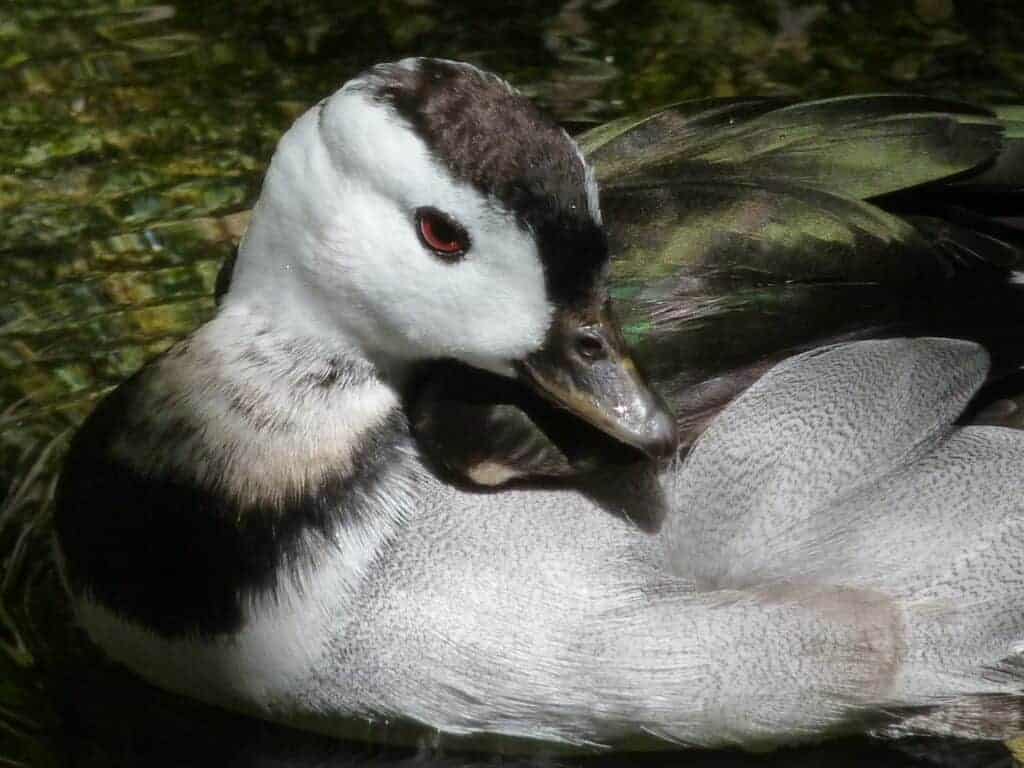
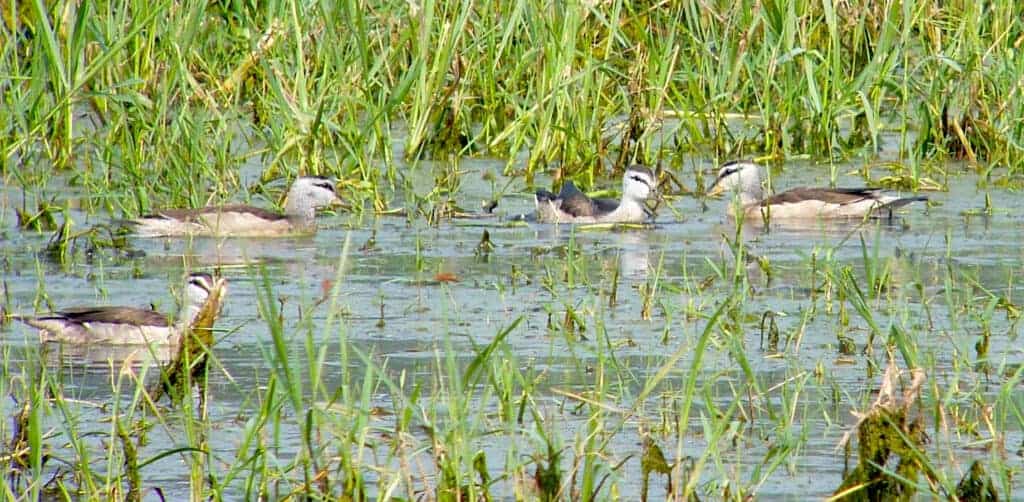
There are two subspecies of Cotton Pygmy Goose recognised:
- Indian N. c. coromandelianus of India, Asia extending east to New Guinea
- Australian N. c. albipennis of north-eastern Australia
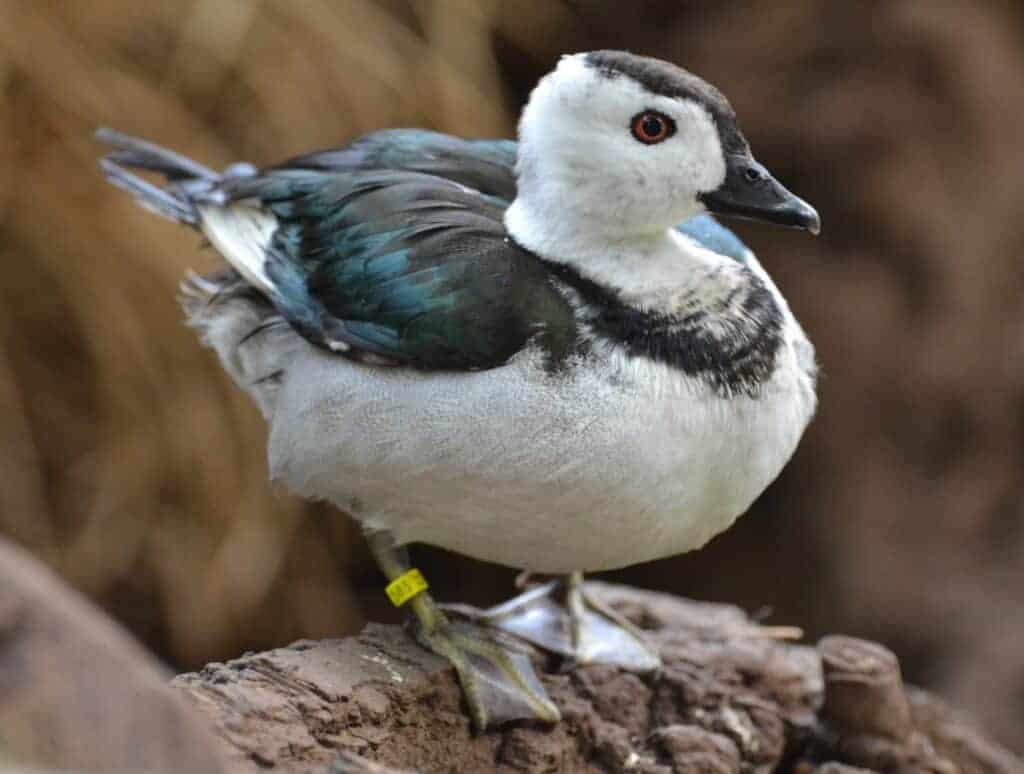
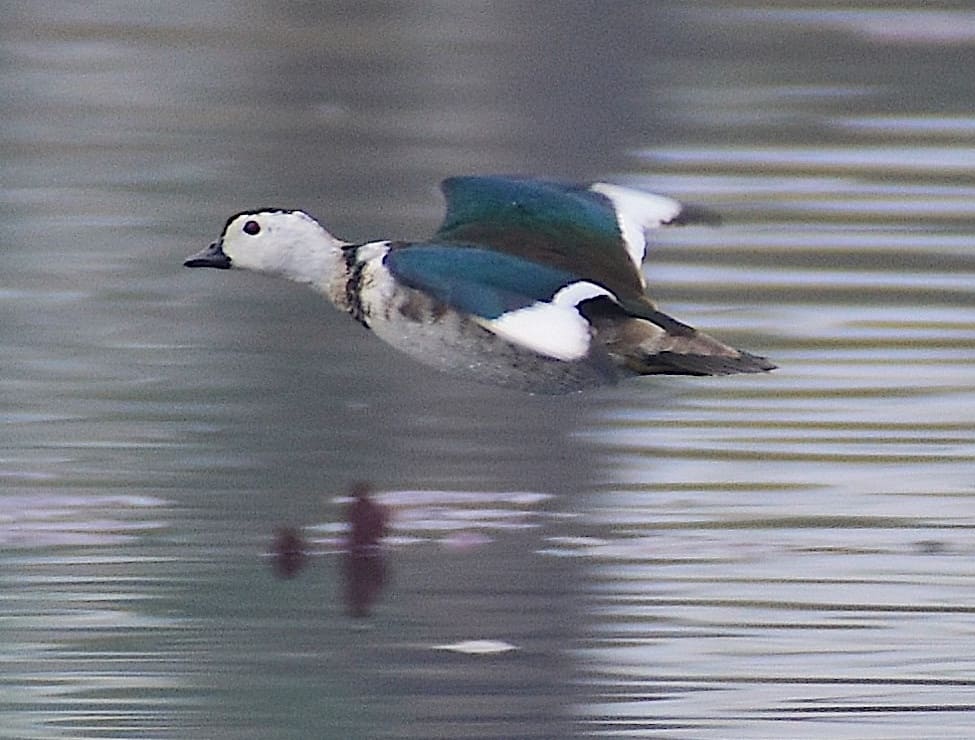
Nettapus coromandelianus
By weight, the world’s smallest species of wildfowl, the Cotton Pygmy Goose is widespread in tropical Asia; the nominate subspecies’ range extending from India and Sri Lanka through Myanmar, Thailand and Malaysia to Indonesia and New Guinea. In north-eastern Australia the resident subspecies albipennis is slightly larger. The most sexually dimorphic of the pygmy geese, a male in breeding plumage is readily identified by his bright white head, neck and underparts, while the female is duller and browner, though with a conspicuous dark eye line. In flight the male displays flashing white primaries and secondaries that the female lacks. The male retains his breeding plumage for a relatively brief period; in eclipse he resembles the female.
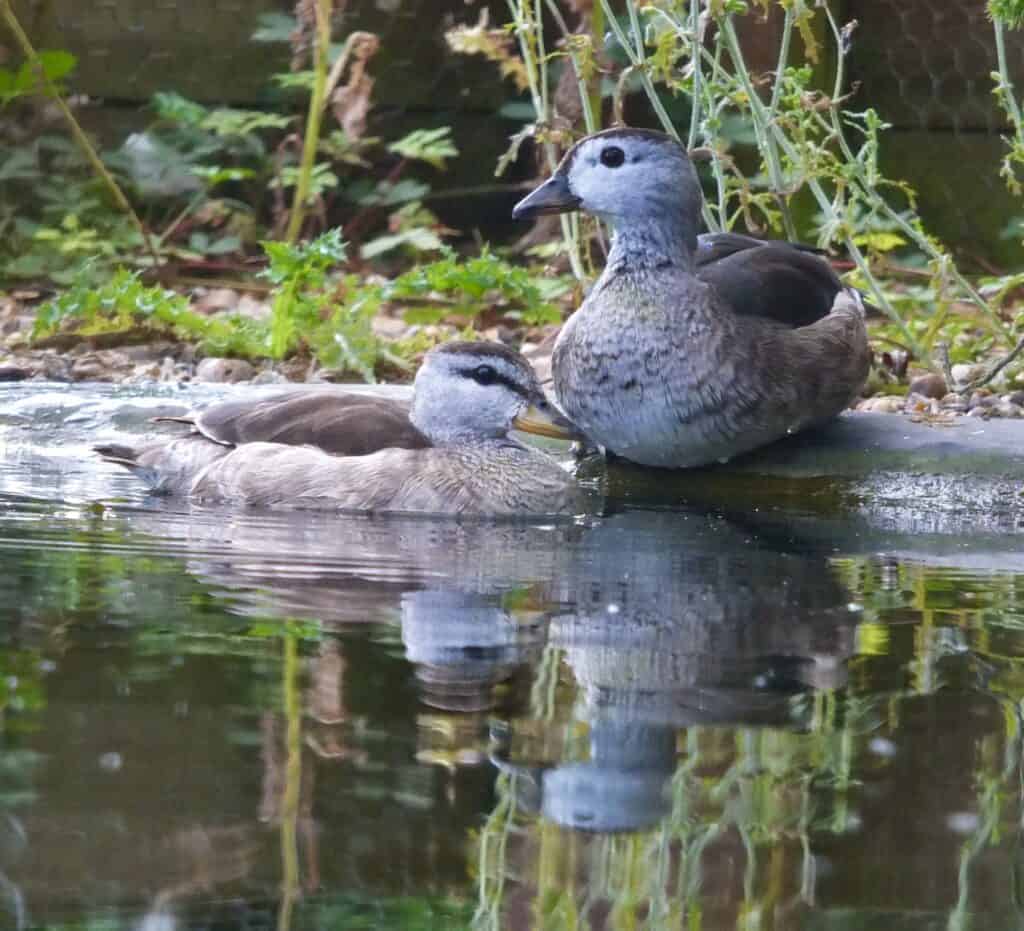
All three pygmy goose species are buoyant swimmers, picking food from the surface of the water but occasionally diving. Similarly, they all show an aversion to walking on land, due to their short legs. Cotton Pygmy Geese are typically seen in pairs or small flocks, but larger gatherings are not unusual. The breeding biology of all is similar: nesting in tree holes close to water.

Though considered to be the hardiest of the pygmy geese, this species is rare in collections. First bred in captivity by the New York Zoological Society in 1978, it has subsequently been bred more widely, but is a bird that requires great care if it is to thrive and breed in captivity. First UK breeding was achieved by Bill Makins in 1989.
The female lays 6 to 12 ivory-coloured eggs, sometimes in holes up to 5 metres high. Downies leap out and follow their parents to the water.
FURTHER READING
Harteman, J, Harteman Wildfowl Aviaries. Wildfowl Species: Cotton Pygmy Goose/Indian Pygmy Goose
Upadhyaya, S. and Saikia, P. K. 2010. International Journal of Biodiversity and Conservation Vol. 2(9) pp. 225-232